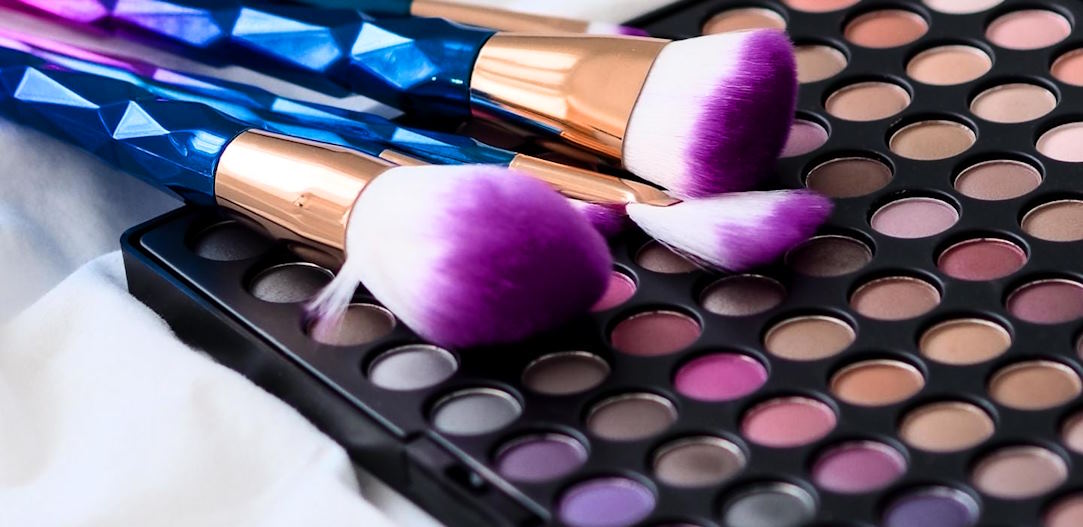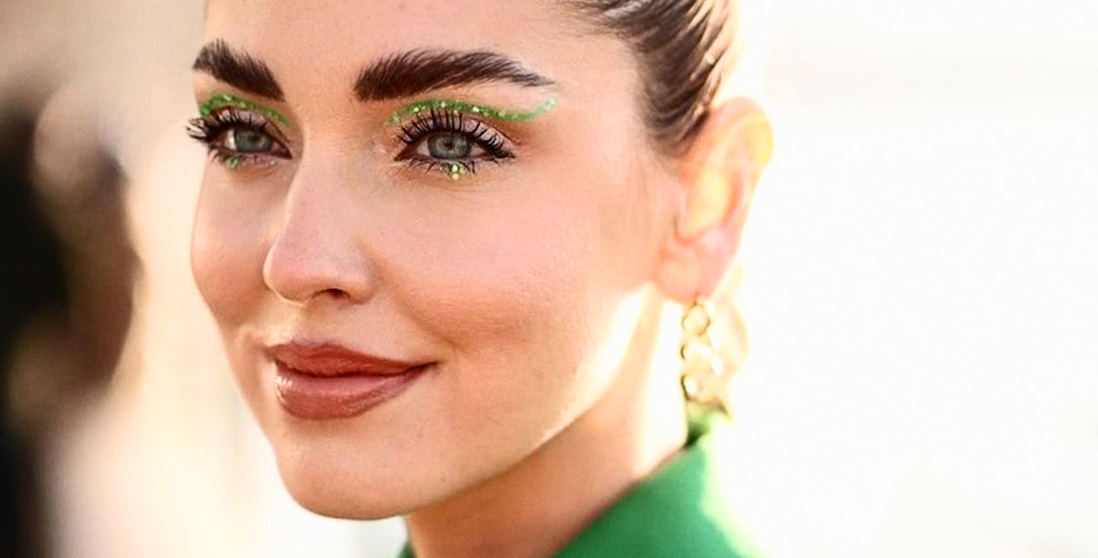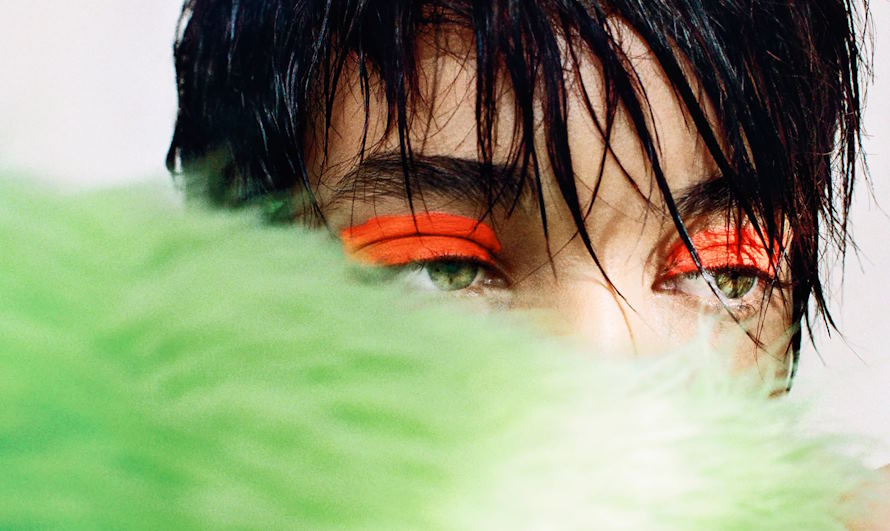In the enchanting world of makeup, color is an essential tool that can transform our appearance and elevate our natural beauty. Understanding the principles of color theory and how it applies to makeup can be the key to unlocking a whole new level of eye-catching allure. One of the most exciting aspects of this theory lies in the art of complementing your eye color, which allows you to create mesmerizing looks that enhance the unique allure of your eyes.
Determining Your Eye Color and Complementary Shades
Describing Different Eye Colors
Our eyes are as unique as our fingerprints, with captivating hues that draw others into our gaze. Eye colors can vary widely, each possessing its own charm and allure. Blue eyes, like the vast sky on a clear day, are striking and often mesmerizing. Green eyes, reminiscent of lush forests, exude an air of mystery and enchantment. Brown eyes, warm and inviting like rich earth, are the most common and versatile. Other eye colors, such as hazel, gray, or even amber, possess a captivating blend of different shades that make them truly special.

Guide to Identifying Complementary Shades
For blue eyes, warm shades like copper, bronze, and peach make the eyes pop, while complementary colors like orange and terracotta add depth and intensity. Green eyes are best complemented by purples, lavenders, and plums, as they create a captivating contrast. Brown eyes can be accentuated with cool tones such as navy, teal, and violet, which make them stand out beautifully.
Alternative Shades for Multiple Eye Colors
While complementary shades can undoubtedly enhance the allure of your eyes, don’t be afraid to experiment with other colors as well. For instance, neutral shades like beige, taupe, and champagne work well with all eye colors, providing a subtle and elegant look for any occasion. Gold and bronze shades also universally flatter eyes, adding a touch of glamour and radiance. Jewel tones like emerald, sapphire, and amethyst can create a mesmerizing effect regardless of your eye color, making them ideal for a bold and captivating statement look.
Tips for Creating Eye Makeup Harmony
Emphasizing the Importance of Balance
When it comes to eye makeup, achieving harmony is the key to enhancing your natural beauty. Striking the right balance between your eye color and makeup shades can make all the difference in creating a captivating and seamless look. Complementary shades can enhance the vibrancy of your eyes, but it’s essential not to overpower them. Subtlety is often the secret to success – a delicate touch of the right color can make your eyes pop without overshadowing their inherent charm.

General Makeup Tips for Achieving Harmony
- Neutral Base: Start with a neutral base shade that complements your skin tone. This sets the stage for the rest of the eye makeup, providing a seamless canvas to work with.
- Blend, Blend, Blend: Blending is the secret to achieving a harmonious eye makeup look. Gradually build up the colors and blend them together seamlessly to avoid harsh lines.
- Eyeliner Magic: Choose eyeliner shades that enhance your eye color. For a softer look, opt for brown or gray instead of black. Remember to blend the eyeliner as well to create a natural and polished finish.
- Mascara Matters: Apply mascara to define and lengthen your lashes, making your eyes appear more open and expressive. Stick to black or brown mascara for a classic look that complements any eye color.
- Focus on One Feature: If you decide to go for bold and dramatic eye makeup, consider toning down the lips and vice versa. Balancing the intensity of your makeup will prevent an overwhelming appearance.
Encouraging Experimentation and Creativity
While adhering to color theory principles is helpful, don’t be afraid to let your creativity shine. Makeup is an art form, and it’s essential to have fun and express yourself. Experiment with different eyeshadow colors, techniques, and styles to find what suits you best. Sometimes, a unique and unexpected color choice can lead to breathtaking results. Embrace your individuality and use color theory as a guide to enhance, not restrict, your creativity.

